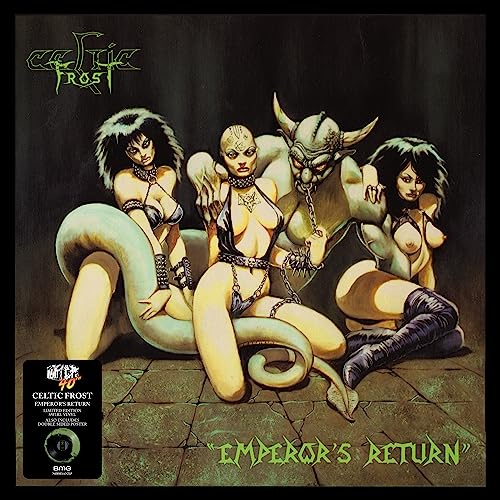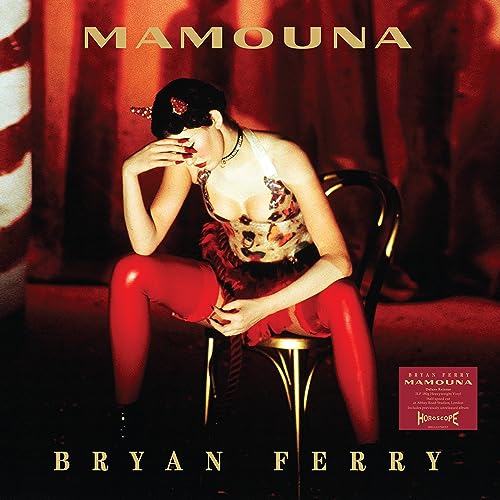


The item showcased on this page may earn us a small commission (at no additional cost to you). Learn more.
[acf_views view-id=”95″ name=”Artist, Label, Genre”]
[acf_views view-id=”117″ name=”Run, Color, Discs”]
Description:
Herbie Nichols, an exceptional and groundbreaking pianist, remained relatively unknown during his time. However, in recent decades, his remarkable style and talent have received the recognition they truly deserve. Nichols’ musical genius was introduced to the world through a series of extraordinary releases on the renowned Blue Note label in the mid-1950s. Notably, one of his most influential albums, “Herbie Nichols Trio,” featured the brilliant collaboration of Max Roach on drums, along with the exceptional bassists Al McKibbon and Teddy Kotick. Nichols’ music was truly one-of-a-kind, blending elements of traditional jazz with his own distinct and idiosyncratic approach. His compositions displayed a remarkable complexity, characterized by intricate harmonies, unpredictable rhythmic patterns, and a unique sense of melodic exploration. Nichols had a knack for creating captivating and thought-provoking musical landscapes that defied conventional norms. His unconventional use of dissonance and intricate chord voicings set him apart from his contemporaries, making him a true pioneer of his time. Despite his undeniable talent and innovative musical ideas, Nichols struggled to gain mainstream recognition during his career. His music was often considered ahead of its time and not easily accessible to the general public. However, Nichols’ work gradually gained appreciation and influence among musicians and jazz enthusiasts alike in the following decades. Today, the legacy of Herbie Nichols continues to resonate with a new generation of listeners who appreciate the depth and complexity of his musical creations. His compositions have become a source of inspiration for countless musicians, who recognize the genius and innovation that Nichols brought to the world of jazz. As his music reaches a wider audience, it becomes increasingly evident that Nichols, despite being overlooked in his time, was a true visionary whose unique style has left an indelible mark on the history of jazz.











